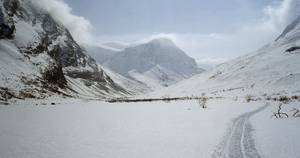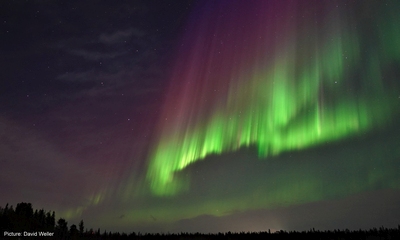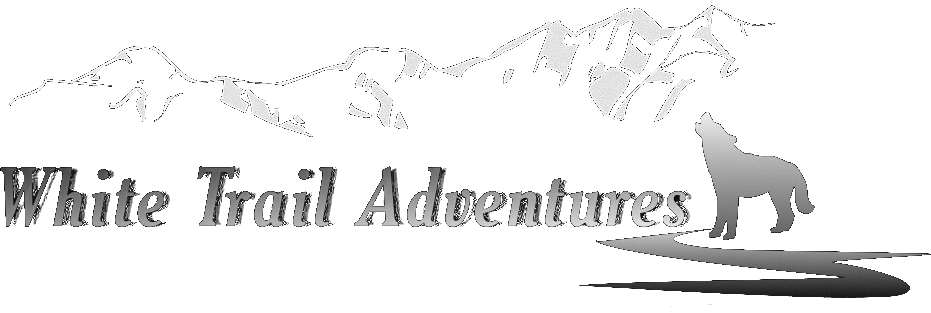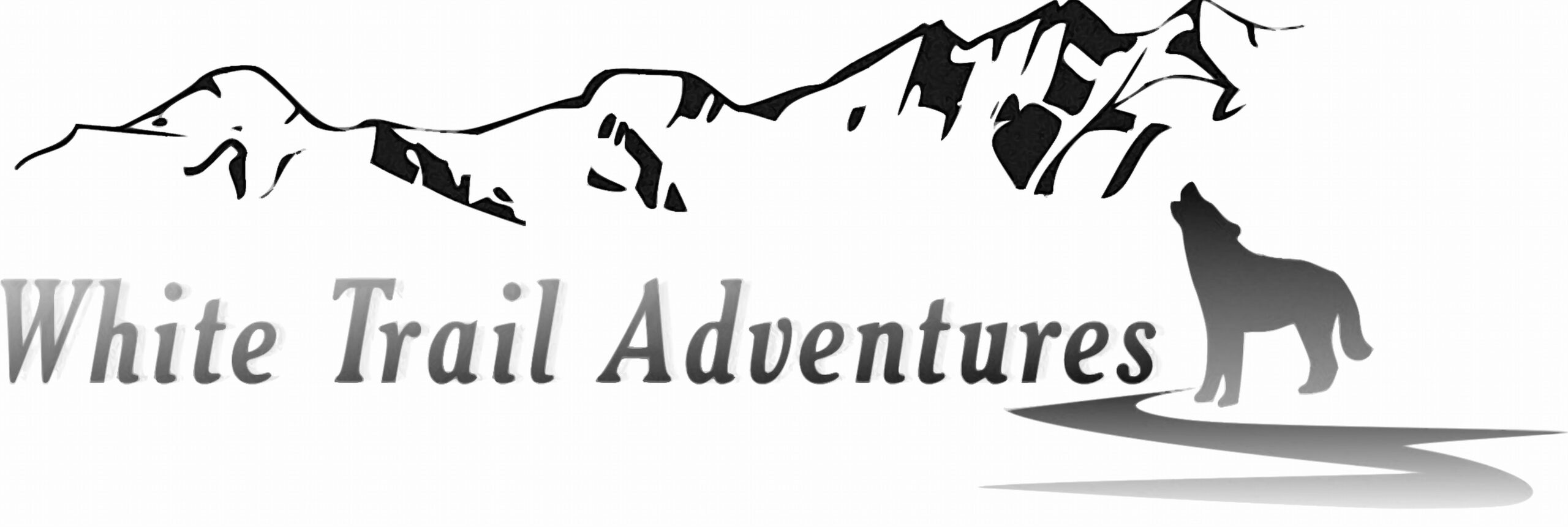Lapland

In the Lapland region in the far north of Sweden, you can find one of the the most vast, dramatic and spectacular untamed wilderness areas that Europe has to offer. Some parts of this magnificent natural treasure is within easy access for visitors from around the world, who come to Lapland, Sweden to experience the peace, tranquility, grandeur, poetry and drama of the Arctic landscape. Other areas of the Lapland wilderness can only be reached by experienced hikers and adventurers.
The origins of the name Lapland is to be found in the Swedish term Lappmarken (“the Sámi lands”), referring to the territories of the North settled by the Sámi people. From this evolved the province (landskap) Laponia which in 1809 was split into one part that remained Swedish and one part falling under Finland. To this day, Lapland is split into two entities – one Finnish, one Swedish. The Finnish Lapland region contains both parts of the old Lapland province and the old Ostrobothnian province.
Climate

The climate in Kiruna is influenced by its high northern latitude, about 145 km above the Actic Circle.
Winters in Kiruna are long, cold, and snowy. The temperature drops significantly below freezing, with average lows ranging from -15 to -20 degrees Celsius (5 to -4 degrees Fahrenheit) and the winter season typically lasts from November to April. Kiruna receives a substantial amount of snowfall during the winter months, creating a winter wonderland landscape. with a snow cover normally being present until the end of April. Between early December to early January the sun does not climb above the horizon, and Kiruna experiences the polar night with beautiful twilight for just a few hours each day.
Summers in Kiruna are short but can be relatively mild. The average high temperatures during the summer months of June, July, and August range from 15 to 20 degrees Celsius (59 to 68 degrees Fahrenheit). The summer season is characterized by the phenomenon of the midnight sun (normally between the end of May to the middle of July), where the sun doesn’t set for an extended period, resulting in 24 hour long daylight.
Aurora Borealis

The Northern Lights, also known as the Aurora Borealis, are a mesmerizing natural light display that occurs in the polar regions of the Earth. Due to its high latitude and minimal light pollution, Kiruna is also an excellent location for observing the Northern Lights during the dark winter nights.
The Aurora Borealis is characterized by colorful and shimmering lights that appear in the night sky, It occurs when charged particles from the Sun, mostly electrons and protons, collide with gases in Earth’s atmosphere, usually oxygen and nitrogen.
These collisions result in the emission of light of various colors, including green, pink, red, purple, and blue, depending on the type of gas involved and the altitude at which the collisions occur. The colors are created as the charged particles release energy in the form of photons (light particles).
The Aurora Borealis is a captivating spectacle, often described as dancing curtains or waves of light in the sky. It can be seen predominantly during the winter months in places like Norway, Sweden, Finland, Canada, Alaska, and other polar or near-polar regions with clear and dark night skies.



